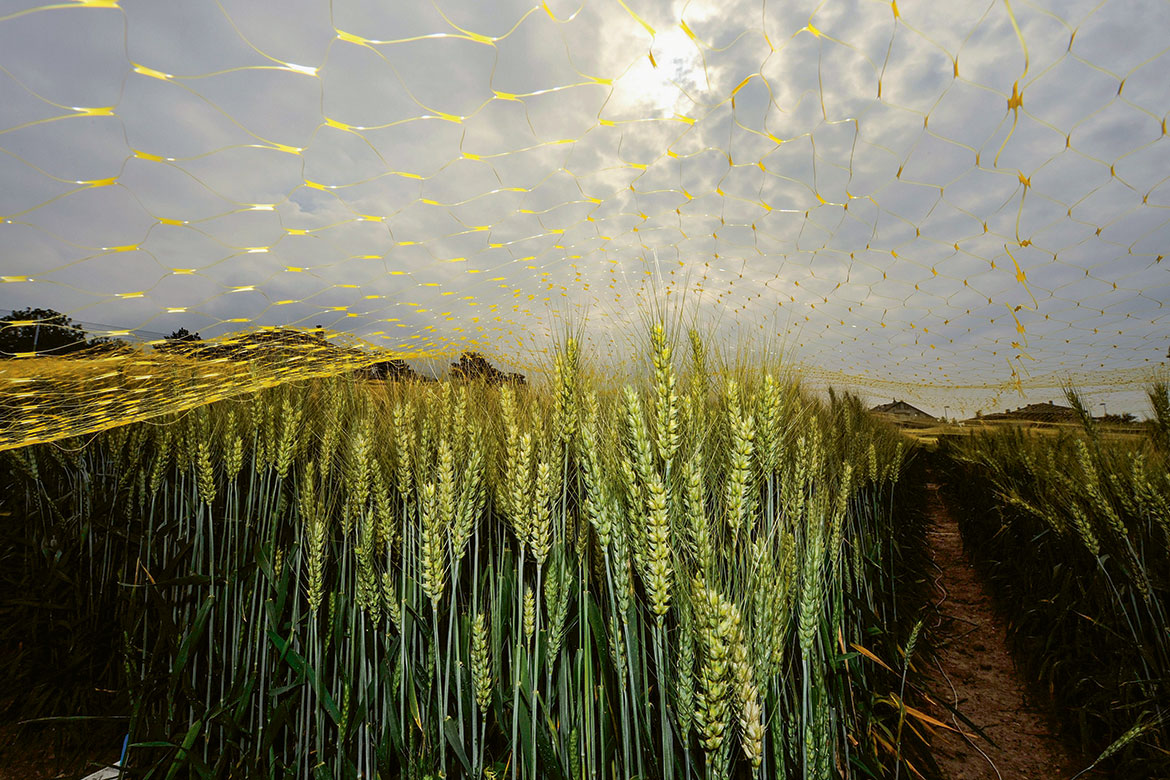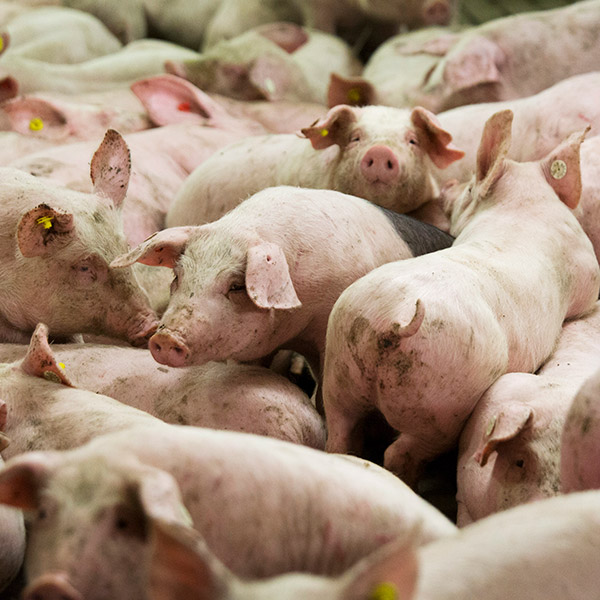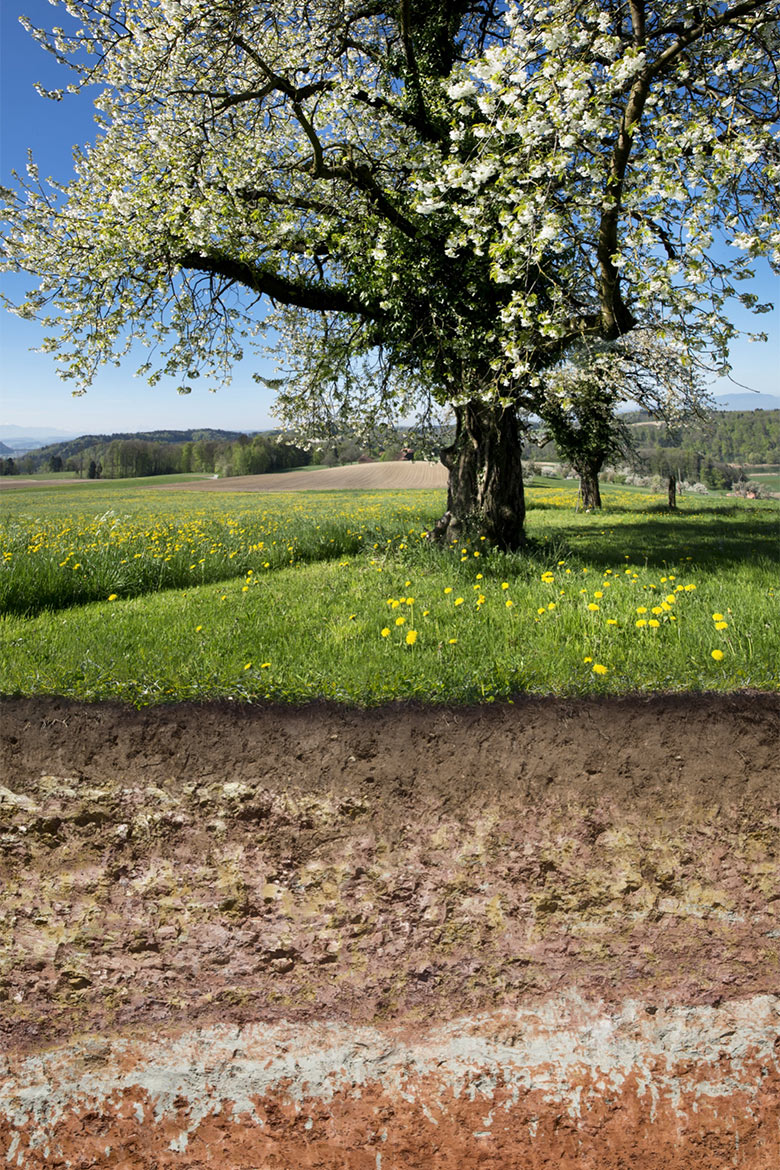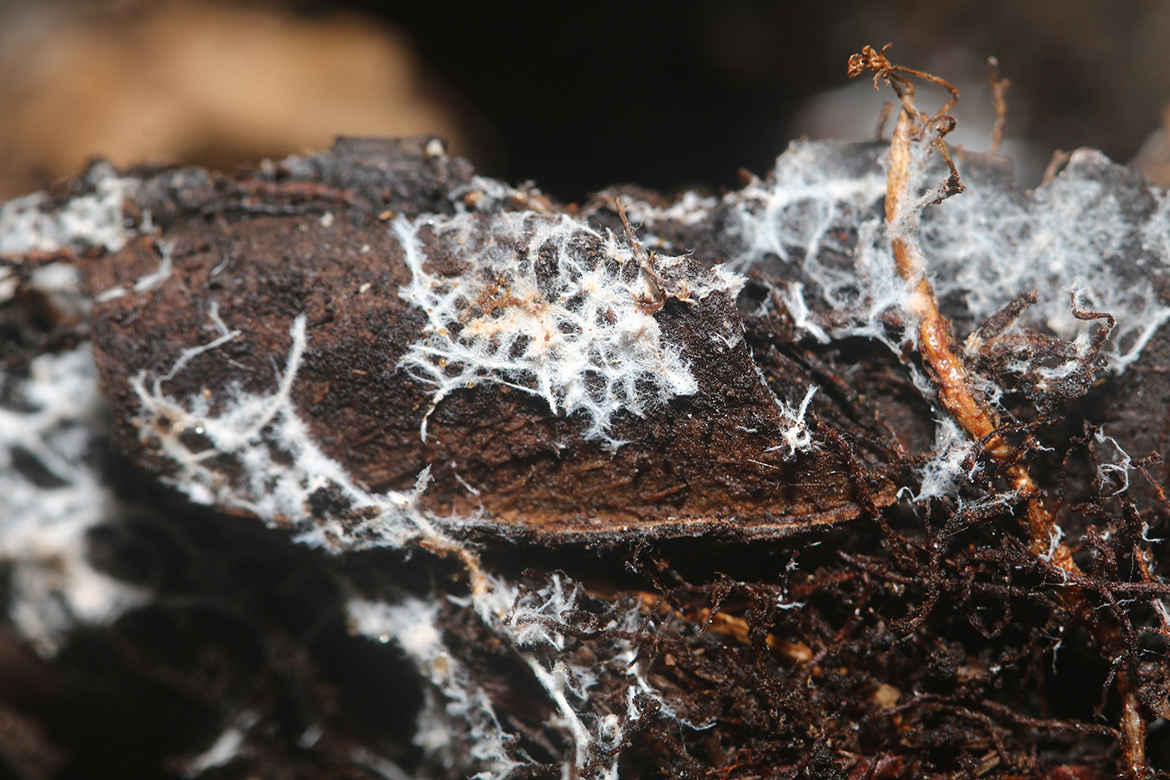Climate Change
Farming in the climate maze
Faced with changing temperatures and precipitation, agriculture is looking for solutions that achieve a balancing act and that lead to the exploration of forbidden lands.

A moratorium means that genetically modified wheat may only be grown in small research fields, like here in Pully (VD), protected by nets. | Image: Dominic Favre/Keystone
If the climate were only warming, some of the consequences might give rise to fantasy. We would dream of growing olives, oranges or tea plants at the foot of the Alps... “We could indeed adopt varieties that cannot be grown in Switzerland at the moment, for example, vines that require high temperatures”, says Annelie Holzkaemper, a researcher in the field of climate risks and adaptation possibilities at Agroscope, the Swiss federal centre of competence for agricultural and food research.
However, she is quick to point out that “heat stress and changes in precipitation patterns are a growing threat to many crops. It is expected that rainfall will increase in winter and spring and decrease in summer and autumn, when plants need it most.
Playing with the calendar
What can be done? “One possibility has been investigated at Agroscope in recent years: increasing the share of winter crops, which grow with the benefit of moisture early in the year and are ripe for harvest when the rains dry up. Such early maturing varieties are found in maize and wheat”. To protect plants from droughts, changes are made to their phenology, i.e., the way in which the annual growth cycle reacts to environmental conditions. “But this choice has disadvantages, because a variety with accelerated maturing spends less time in the soil and accumulates less biomass, which translates into a reduced yield”, she says.
The impact of growing time on yields could therefore lead to the opposite decision: increase the share of late maturing varieties. “Potentially, this choice could even take advantage of global warming, which lengthens growing periods and can result in increased biomass... provided there is no extreme heat and drought”. In this maze of potential and risks, how do you choose? “One strategy at the heart of much research is that of diversification: choosing plants that respond differently to climatic conditions helps to mitigate the risks of widespread crop failure”.
According to an Agroscope study published in Nature in 2021, mixing crops improves both pathogen resistance and yields, but it remains a marginal practice, because its principles have not yet been compiled into ready-to-use know-how.
The roots dilemma
Can we respond to droughts in another way, by increasing irrigation? “It’s difficult, because hydrology is affected by climate change, and baseflows – the minimum levels of rivers – are decreasing”. Adjustments can be made, for example, by favouring drip irrigation, which is more efficient than sprinkler irrigation. “But the water needs of plants can also be addressed differently. One of our lines of research focuses on ways of increasing the soil’s capacity to retain water”, says Holzkaemper. In agroforestry, for instance, shading is being used. “You combine forestry or orchards with crops planted at their feet, which benefit from a shady microclimate. It’s a promising approach, but it’s tricky. You have to combine species in such a way that they do not compete with each other, and it also poses challenges in terms of farm work and land management. It’s not an off-the-shelf solution either, but rather a field of experimentation”.
We can also act on the retention capacity of the soil itself, by enriching it with organic matter, by sheltering it under ‘cover crops’ that grow during unproductive periods, or by planting varieties with deeper roots. The last of these poses a contemporary dilemma: “Modern varieties have a less developed root system than older ones, and therefore higher yields, because the plant invests less in its underground biomass. These productivity gains are thus achieved at the expense of the amount of organic matter in the soil, and consequently of the soil’s capacity to retain water. The European project MaxRoot-C, launched in 2021, is tackling this under-explored area by looking at major European crops to identify ways to optimise their root potential.
“In addition to the abiotic aspects – temperature and precipitation – climate change also brings biotic effects, because it increases the frequency of diseases and pests”, says Holzkaemper. The search for solutions in this case involves the development of sustainable plant protection products. They may replace chemical insecticides and pesticides, the use of which was restricted under a national action plan adopted in 2017.
A forbidden territory
But there is another way to adapt crops to climate change: genetic intervention. At present, we can only venture into this domain using research, as the application of these methods to agriculture has been subject to a moratorium in Switzerland since 2005. The ban concerns not only the modification of DNA by adding genes borrowed from other plants (transgenesis) or by cutting out part of the genetic information (genome editing). It also concerns chance mutations that might occur on account of the new methods, even if these mutations are epigenetic and thus reversible.
At Agroscope, Etienne Bucher is leading studies on epigenetics in strawberries, wheat and rice. “From a scientific point of view, this approach is no different from the selection techniques used – including in organic farming – to create new varieties by exposing the plant to substances that induce random mutations. In both cases, the plant adapts without us having touched its DNA. But there is political will to apply the so-called ‘history of safe use’ principle, with which the European law on GMOs excludes any technique developed after 2001”, says Bucher.
Why invest in this forbidden territory? “It takes 15 years to breed a variety using conventional methods. During this time, the climate continues to change. Wheat yields, which increased sevenfold between 1950 and 2000, are now tending to fall under the impact of global warming. It’s about buying time by speeding up adaptations”. Is the ultimate solution, therefore, outside the law? “We should not exaggerate the potential of these approaches. They would not replace conventional breeding. It’s just another tool”, says Bucher. The issue also affects economic relations. On the international stage, several companies have products ready to be marketed in the event of a legal green light. In Switzerland, the parliament has asked the government to propose a relaxation of the law in 2024. This is one possible twist among the multitude of adaptation strategies.




